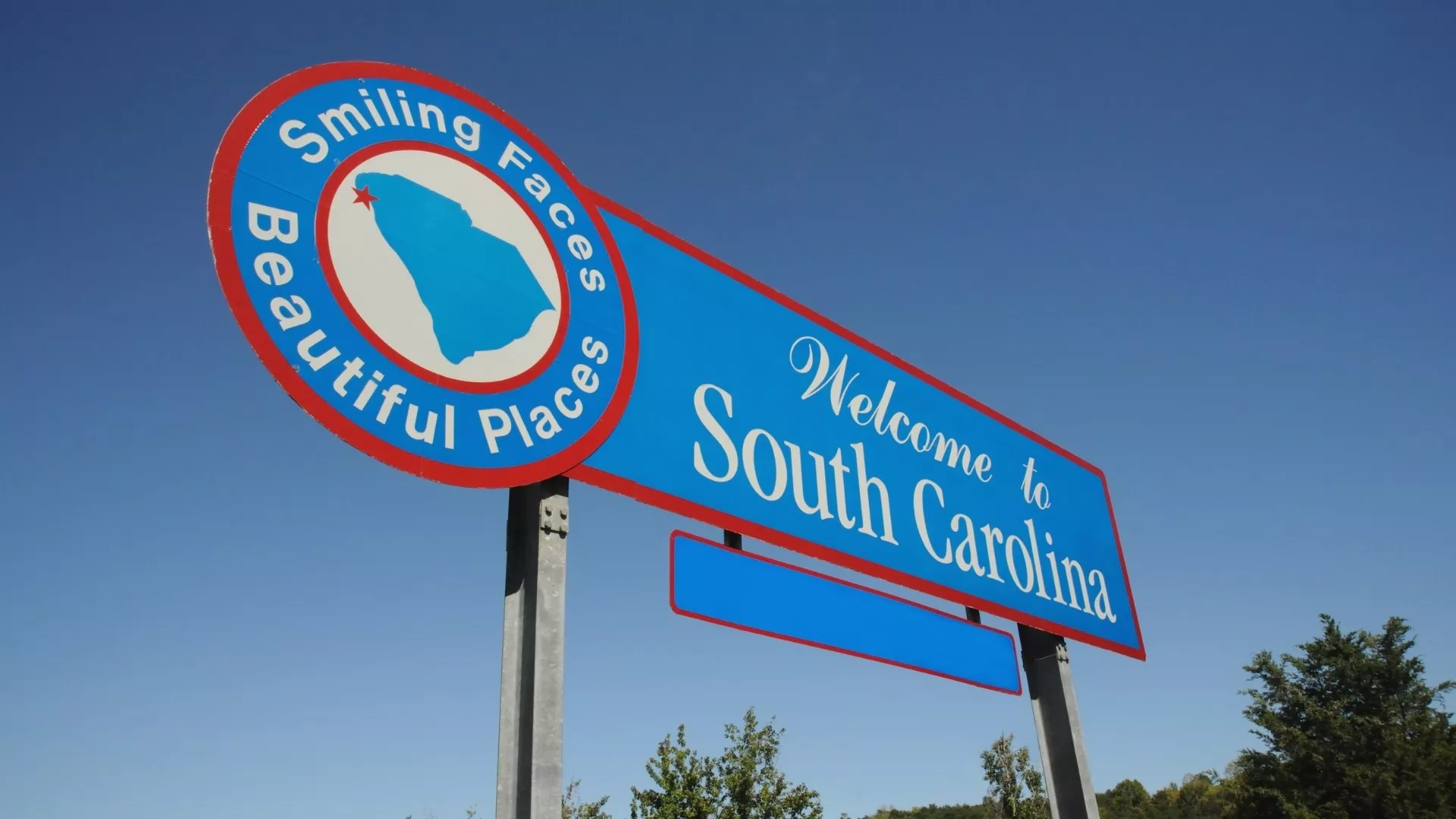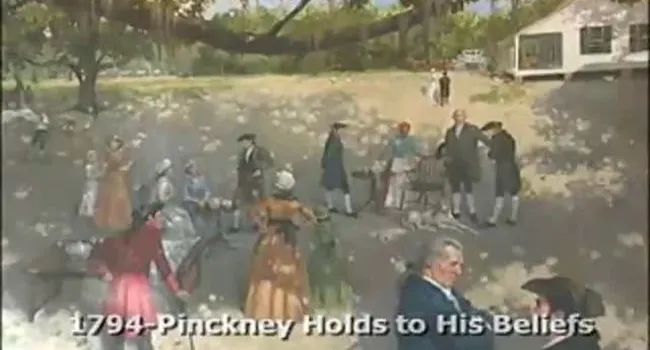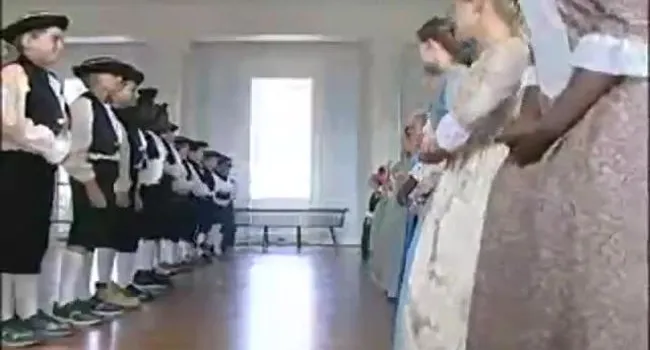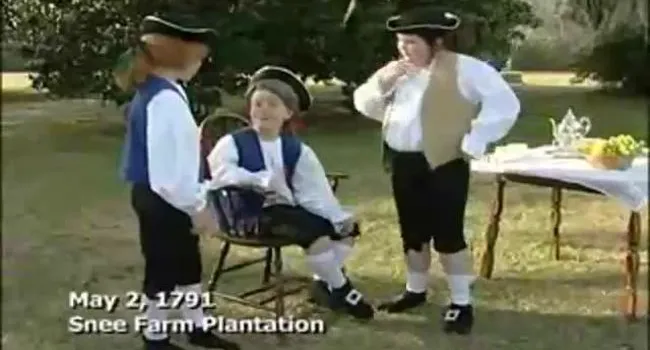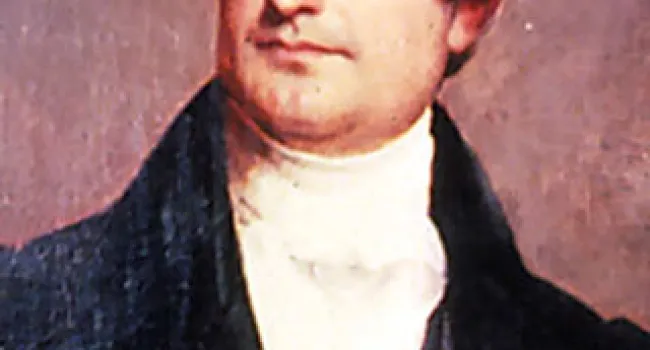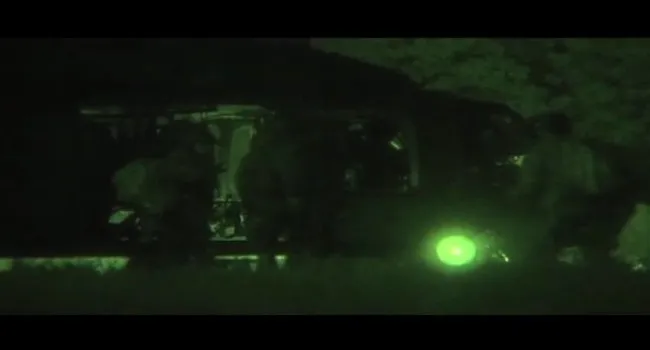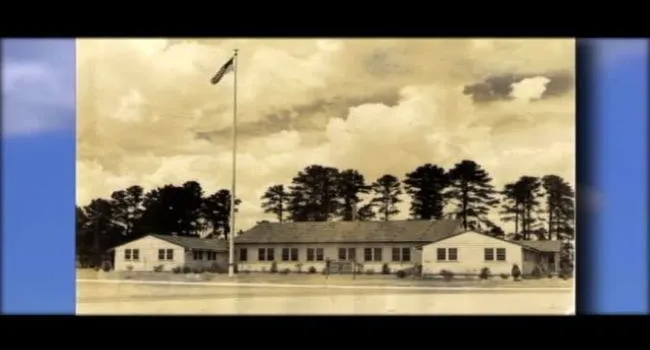
Snee Farm Tour, Part 1 | Powder Magazine Museum
Video
Mrs. Ann Edwards talks to children about the life of Charles Pinckney and his love of his estate, Snee Farm. Mrs. Edwards highlights Charles Pinckney's service during the Revolutionary War, his public...